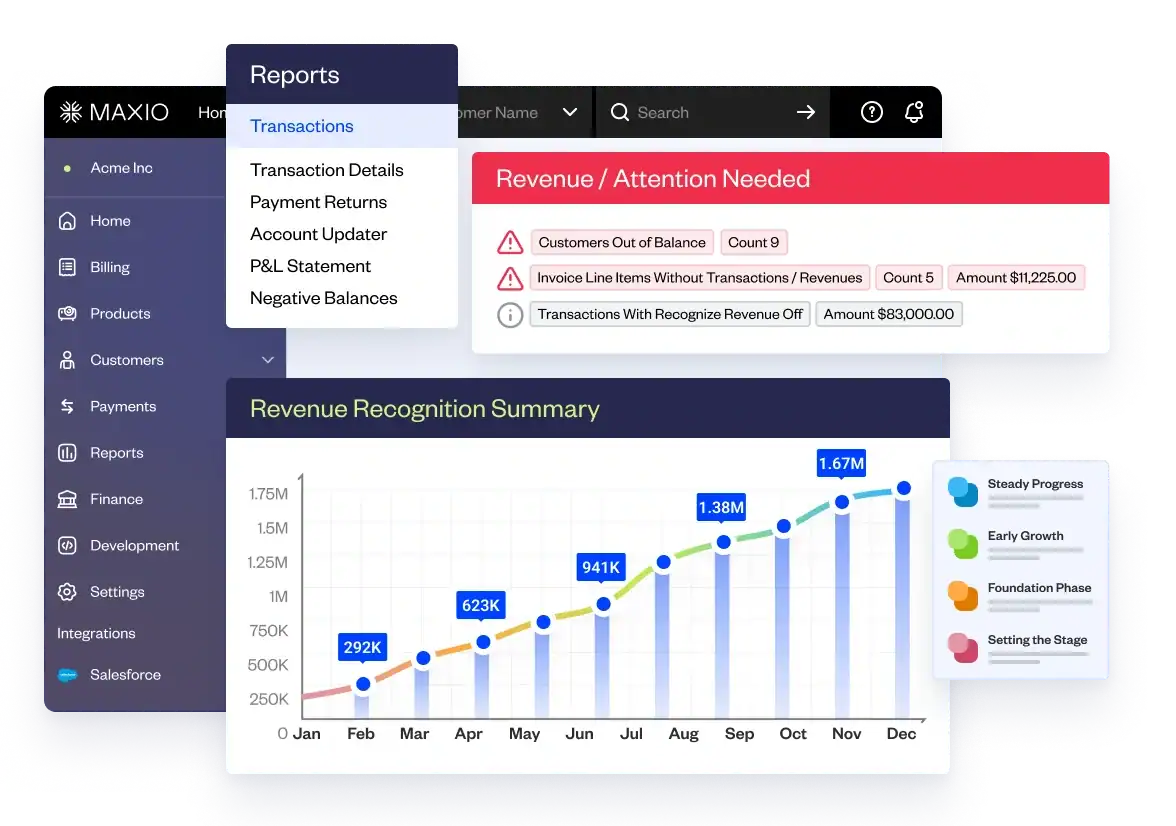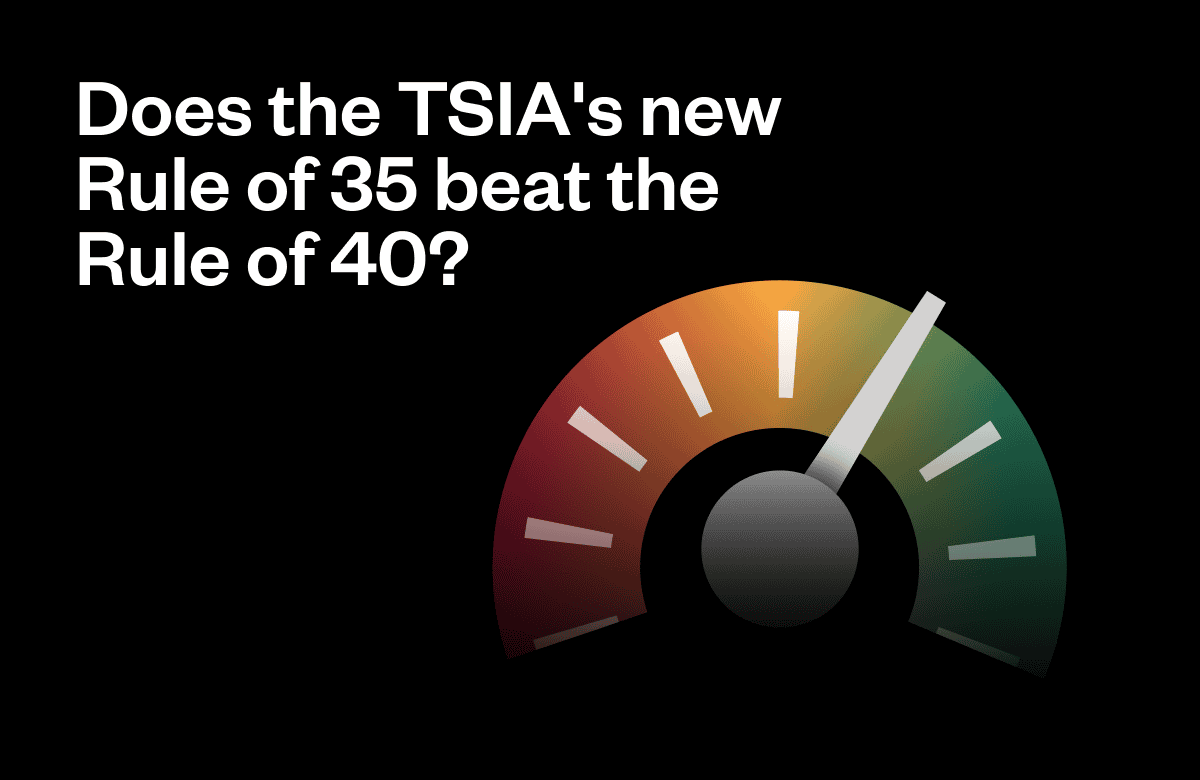My stance on the matter of cash vs accrual accounting has evolved. I used to believe cash accounting was sufficient for SaaS businesses with ARR below $3 million. However, I’ve realized this is not the case, and cash accounting for revenue is problematic for almost all SaaS companies.
First, let me acknowledge that cash is what makes a company run. You don’t pay your vendors or employees in revenue, so it’s essential to know your cash flows and project your cash position. That said, cash is noisy and not the best way to build your income statement or track your progress.
Unless your company bills and collects cash monthly, using cash-based revenue recognition generates the following problems.
- ARR must be tracked separately and can’t be tied explicitly to the income statement. MRR times 12 does not equal ARR when using cash accounting. SaaS Metrics using ARR or MRR that do not tie back to the financials are more subject to error, take additional time to calculate, and are less trusted by investors or acquirers.
- All CAC efficiency metrics rely upon ARR data, so they also need to be calculated on a one-off basis and are not tied to the financial statements. Thus, these metrics suffer from all the issues listed above.
- Retention is more challenging to measure accurately with cash accounting. When comparing current to prior year revenue from a cohort of customers (static pool calculation), any billing terms or timing changes will create false churn. In addition, retention numbers will be much more variable month-to-month.
- Finally, the business’s growth trajectory is simply harder to gauge with cash accounting. Seasonality in bookings, lumpy bookings, changes in payment terms, and other factors create noise in cash-based revenue, which obscures underlying trends.
When I was underwriting credit decisions at SaaS Capital, I dealt with a wide variety of financial statements across thousands of prospects. Companies using cash accounting always took more time to understand and, almost by definition, had a weaker grasp of their financial performance than those companies who had adopted accrual accounting.
I’m less concerned about the expense side of the equation. Cash accounting for expenses does add noise to profitability and CAC metrics, but those can usually be averaged out. It’s the revenue side that gets distorted.
I’m not an expert, but if you don’t have many customers, GAAP revenue recognition can be done on a spreadsheet. As a business scales, that spreadsheet can get pretty complex and error-prone, and a more robust solution is required.






